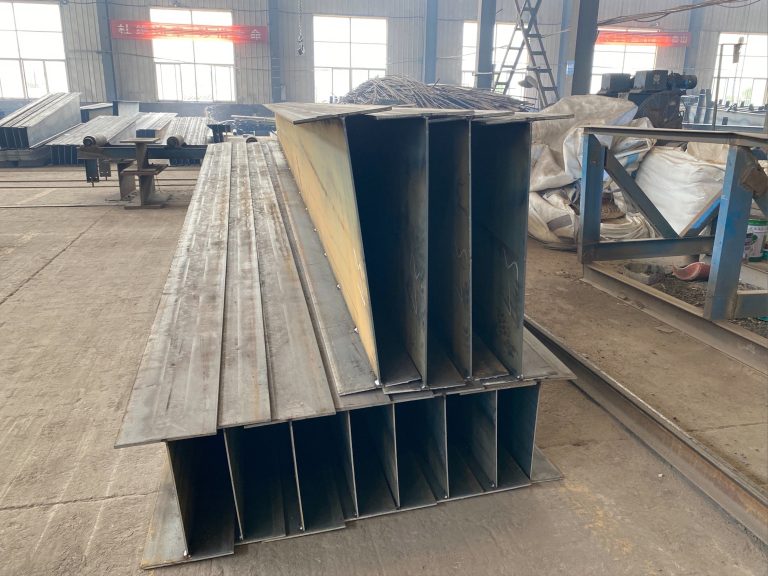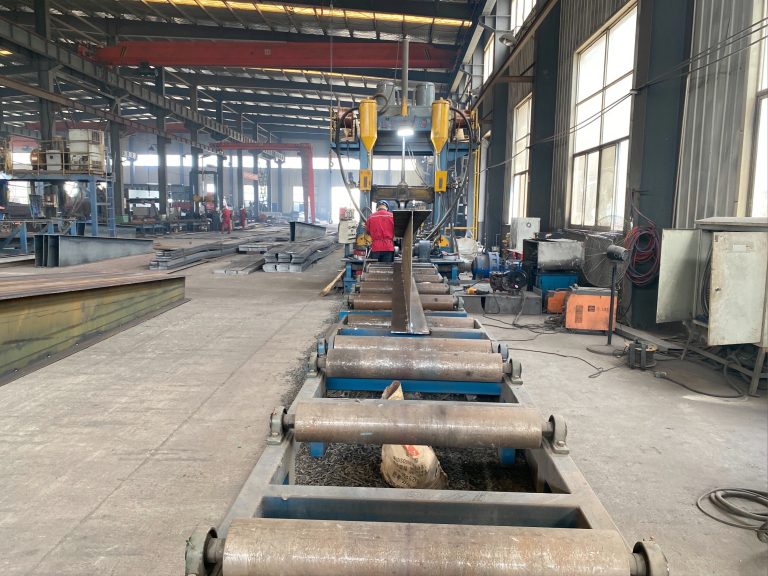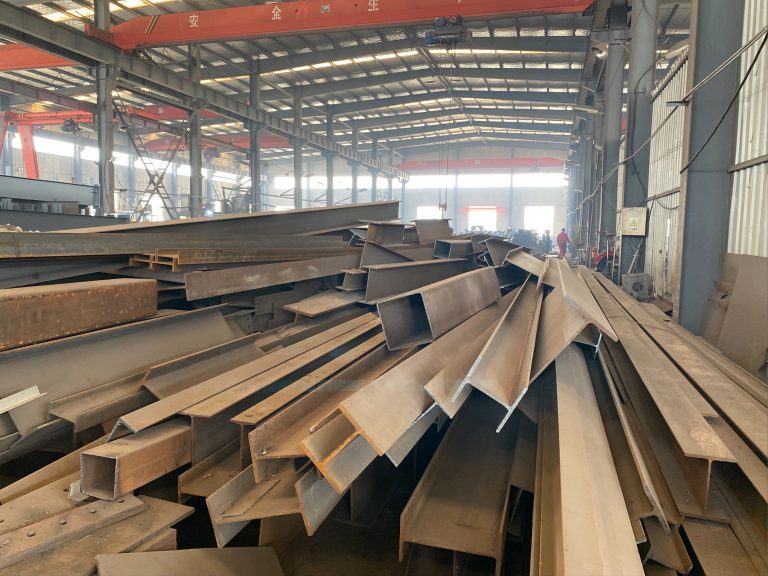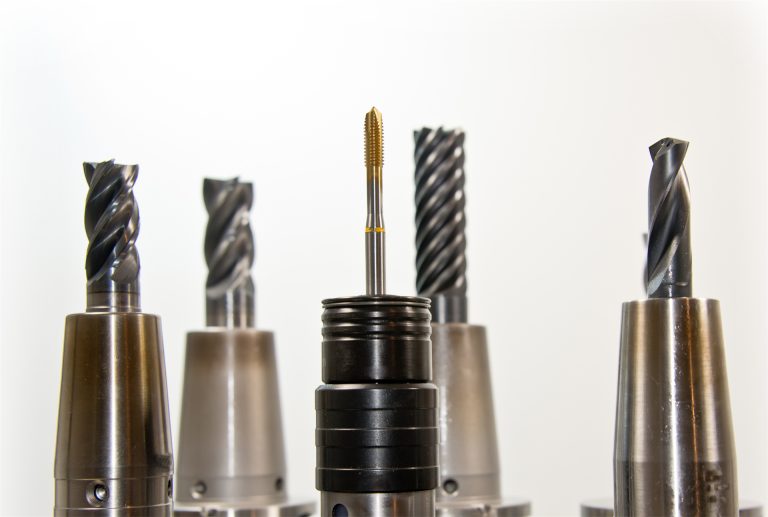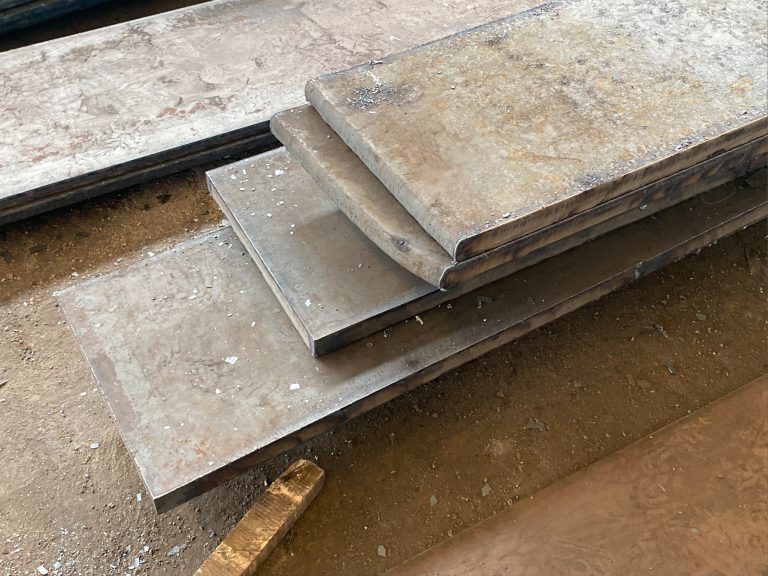Steel skyscrapers: New heights for city skylines.
Table of Contents
Advantages of Steel Skyscrapers in Urban Development
Steel skyscrapers have become a defining feature of modern city skylines around the world. These towering structures have revolutionized urban development, offering a range of advantages that make them an attractive choice for developers and city planners alike.
One of the key advantages of steel skyscrapers is their strength and durability. Steel is a highly resilient material that can withstand extreme weather conditions, seismic activity, and other environmental challenges. This makes steel skyscrapers a safe and secure option for urban development, providing a sense of stability and reliability for both residents and businesses.
In addition to their strength, steel skyscrapers are also incredibly versatile in terms of design and construction. Steel allows for greater flexibility in building shapes and sizes, enabling architects to create innovative and unique structures that stand out in the urban landscape. This flexibility also allows for faster construction times, reducing overall project costs and minimizing disruption to surrounding areas.
Furthermore, steel skyscrapers are more sustainable than traditional building materials. Steel is a recyclable material that can be reused and repurposed, reducing the environmental impact of construction projects. Additionally, steel buildings are more energy-efficient, with better insulation and ventilation systems that help reduce energy consumption and lower operating costs in the long run.
Another advantage of steel skyscrapers is their cost-effectiveness. While steel may have a higher upfront cost compared to other building materials, its durability and longevity make it a wise investment in the long term. Steel buildings require less maintenance and repairs over time, saving money on upkeep and ensuring a higher return on investment for developers.
Steel skyscrapers also offer greater flexibility for future expansion and renovation. Steel structures can easily be modified or expanded to accommodate changing needs and requirements, allowing for greater adaptability in the face of evolving urban landscapes. This flexibility is especially important in densely populated cities where space is limited and demand for real estate is high.
In conclusion, steel skyscrapers have become a symbol of modern urban development, offering a range of advantages that make them an attractive choice for developers and city planners. From their strength and durability to their versatility in design and construction, steel buildings provide a sustainable, cost-effective, and flexible solution for creating iconic structures that define city skylines around the world. As cities continue to grow and evolve, steel skyscrapers will play a crucial role in shaping the future of urban landscapes and setting new heights for architectural innovation.
The Future of Steel Skyscrapers in Sustainable Architecture
Steel skyscrapers have long been a staple of city skylines around the world, towering over urban landscapes and symbolizing progress and modernity. With advancements in technology and construction techniques, steel skyscrapers have reached new heights, both literally and figuratively. These towering structures are not only marvels of engineering but also play a crucial role in sustainable architecture.
One of the key advantages of steel skyscrapers is their strength and durability. Steel is a versatile material that can withstand extreme weather conditions and seismic activity, making it an ideal choice for tall buildings. The use of steel in skyscraper construction allows architects to design buildings with large open spaces and innovative shapes, creating visually stunning structures that stand out in the city skyline.
In addition to their strength, steel skyscrapers are also highly sustainable. Steel is a recyclable material, which means that it can be reused and repurposed at the end of a building’s life cycle. This reduces the environmental impact of construction and helps to conserve natural resources. Furthermore, steel skyscrapers can be designed to be energy-efficient, with features such as high-performance glazing, solar panels, and green roofs that reduce energy consumption and carbon emissions.
The future of steel skyscrapers in sustainable architecture looks promising, with architects and engineers pushing the boundaries of design and construction to create buildings that are not only visually striking but also environmentally friendly. One example of this is the use of modular construction techniques, where building components are prefabricated off-site and assembled on-site. This reduces construction waste and minimizes disruption to the surrounding environment.

Another trend in sustainable steel skyscraper design is the integration of green spaces into the building’s facade. Vertical gardens and living walls not only improve air quality and provide habitat for wildlife but also help to regulate temperature and reduce the building’s energy consumption. These green features not only enhance the aesthetic appeal of the building but also contribute to its overall sustainability.
As cities around the world continue to grow and urbanize, the demand for tall buildings will only increase. Steel skyscrapers offer a solution to this challenge, providing efficient use of space and creating iconic landmarks that define city skylines. With advancements in technology and a growing focus on sustainability, steel skyscrapers are poised to play a key role in the future of urban architecture.
In conclusion, steel skyscrapers represent the future of sustainable architecture, combining strength, durability, and environmental responsibility. These towering structures not only push the boundaries of design and construction but also contribute to the creation of vibrant and livable cities. As we look to the future, steel skyscrapers will continue to shape city skylines and inspire awe and admiration for generations to come.

